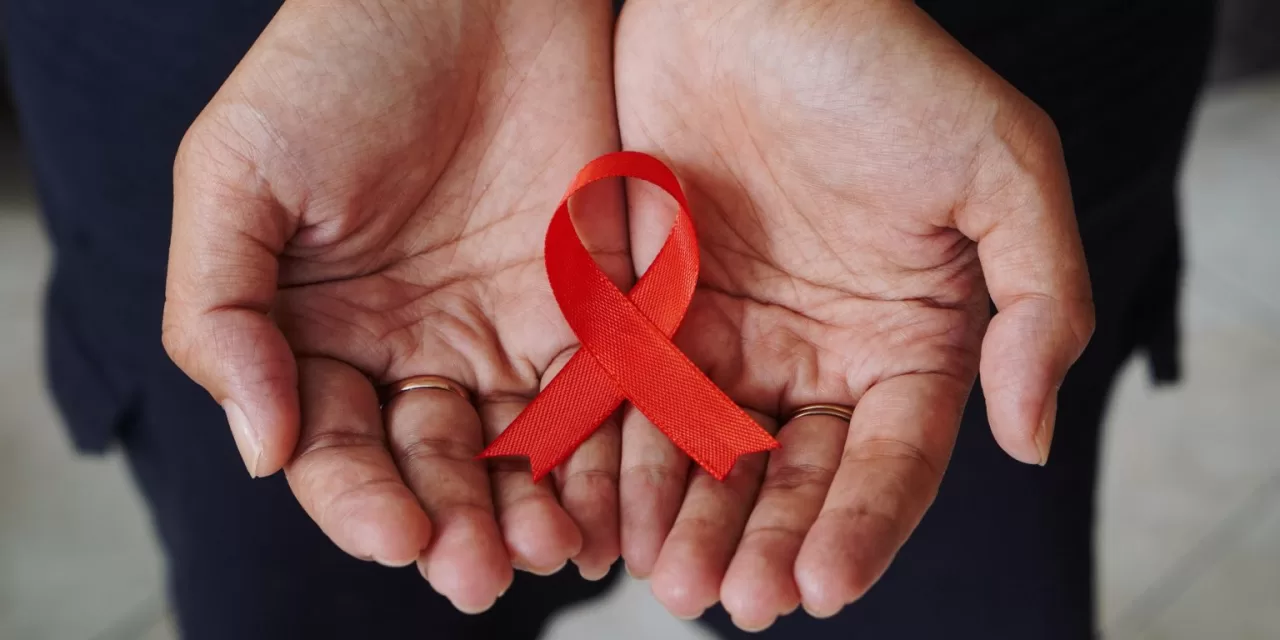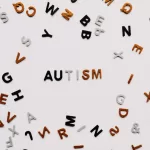Ahmedabad, February 22, 2025 – India has achieved financial self-sufficiency in its fight against AIDS, according to the National AIDS Control Organisation (NACO). Dr. Uday Bhanu Das, Deputy Director General of NACO, announced that the country no longer relies on foreign aid to combat the disease.
Speaking at the 16th National Conference of the AIDS Society of India in Ahmedabad, Gujarat, Dr. Das emphasized that a significant majority of funding for AIDS-related programmes now comes from the Indian government. “Currently, 94 per cent of the funding for the National AIDS and STIs Control Programme comes from the Government of India, with just 6 per cent from the Global Fund. However, it is important to recognise that the Government of India also financially contributes to the Global Fund as well as the WHO. India has achieved financial self-sufficiency in its AIDS response,” Dr. Das stated.
National AIDS Control Programme – Phase V
The latest phase of the National AIDS Control Programme (NACP) aims to reduce annual new HIV infections and AIDS-related deaths by 80 per cent by 2025-26 compared to 2010 levels. The programme also seeks to achieve the ambitious 95-95-95 targets by 2025:
- 95 per cent of people living with HIV should be aware of their status,
- 95 per cent of those diagnosed should receive lifesaving antiretroviral therapy,
- 95 per cent of those on treatment should achieve viral suppression.
“As of 2024, 84 per cent of people living with HIV in India knew their status, 86 per cent were receiving lifesaving antiretroviral therapy, and 94 per cent were virally suppressed,” Dr. Das reported.
India’s Progress in the Global Context
Globally, 86 per cent of people living with HIV know their status, 89 per cent are on antiretroviral therapy, and 93 per cent of those receiving treatment have achieved viral suppression. India’s figures, although improving, highlight the need for continued efforts to close the gap.
Dr. Ishwar Gilada, President Emeritus of the AIDS Society of India (ASI), stressed the importance of universal treatment and viral suppression. “If we are to end AIDS, we must ensure that all people with HIV know their status, 100 per cent of them receive lifesaving antiretroviral therapy, and 100 per cent achieve viral suppression. This will not only keep those with HIV healthy but also prevent further transmission.”
Declining HIV Rates and AIDS-Related Deaths
According to NACO, India has made significant progress in reducing HIV prevalence. Since 2010, HIV rates have decreased by 44.23 per cent by 2023, surpassing the global decline of 39 per cent. Furthermore, AIDS-related deaths in India have fallen by 79.26 per cent, compared to a global reduction of 51 per cent.
With strong government initiatives, continued investment, and targeted healthcare strategies, India is on the path to eradicating AIDS as a public health threat in the coming years.
Disclaimer: This article is based on official statements and data from the National AIDS Control Organisation (NACO) and the AIDS Society of India. Readers are encouraged to refer to official sources for further details and updates.












